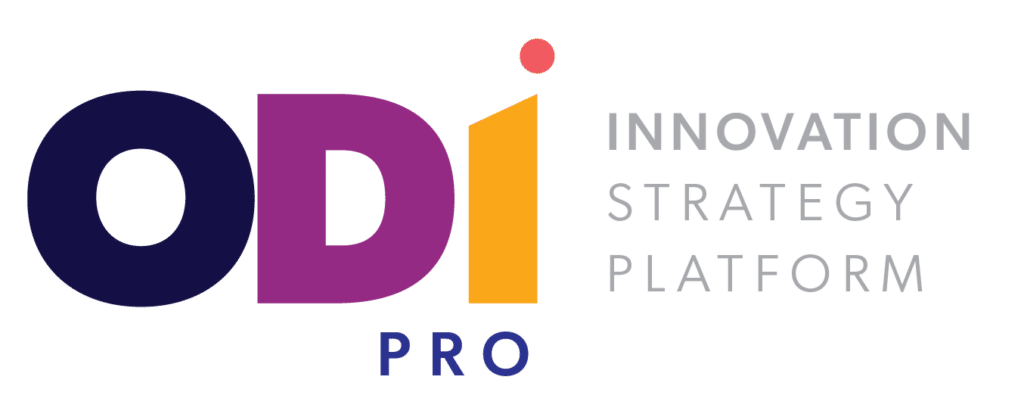The key to company growth is to create more value for your customers, which means better satisfying unmet customer needs. Why is this so hard? It is because companies do not define customer needs correctly. In 95% of all companies, managers squabble over what a customer need even is. And once that debate is resolved–if it ever is–it soon becomes clear that no one knows what all those needs are, or which ones are unmet. How can companies satisfy unmet customer needs when they don’t know what they are or even define customer needs correctly? Chances are they can’t. Less than 1% of all companies were able to grow 5% or more each year for the ten years from 1999 through 2009, according to a study published in the Harvard Business Review. Clearly, value creation is a challenge.
Traditionally, companies have tried to identify customer needs through techniques such as voice of the customer. But this almost never works. Why? Because it turns out it’s not your customer or even your product that you should be analyzing. This seems counterintuitive, but it’s true. What you need to be analyzing is the job your customer is trying to get done. Ultimately, it is the desire to get a job done that causes the customer to buy a product or service in the first place. This thinking is essential to the jobs-to-be-done theory.
Voice-of-the-customer methods tell you that customers don’t know what they really want and that customers can’t articulate their needs. Then they direct you to use tools like focus groups or ethnography to try to figure out what their hidden needs and desires are. But customers know perfectly well what they want when it comes to jobs they have to do: they want to get those jobs done successfully. Furthermore, we’ve discovered that they typically assess how successfully they’re able to execute any job by considering between 50 and 150 outcomes associated with the job. The better the outcome, the more successful the job has been executed, and the more satisfied the customer is. These outcomes–these metrics–are the customer needs. Companies should define customer needs as the metrics customers use to measure the successful execution of the job-to-be-done. So this is where your focus should be: on the customer’s jobs and on the outcomes the customer uses to measure the successful execution of those jobs.
When the job is listening to music, for example, people measure success in terms of how long it takes them to find a song, how likely they are to accidentally select an unwanted song or version of a song, and how long it takes to create a playlist. Any of those outcomes that customers are unsatisfied with offer opportunities for innovation, particularly if the outcomes are very important to customers.
To define customer needs, then, you need to think in terms of jobs and outcomes, not products and ideas. This mindset takes some getting used to, but the good news is that with this approach, there’s no such thing as a hidden or unarticulated need. Even better, customer needs that relate to customer jobs are stable over time. They don’t change because the jobs people need to do don’t change–only the methods of execution change. This means that once your company knows all the outcomes for a given job, you are in a position to create customer value for years to come. This is the ultimate goal of innovation and the key to your growth. Learn more about customer needs and our innovation process, Outcome-Driven Innovation (ODI).





